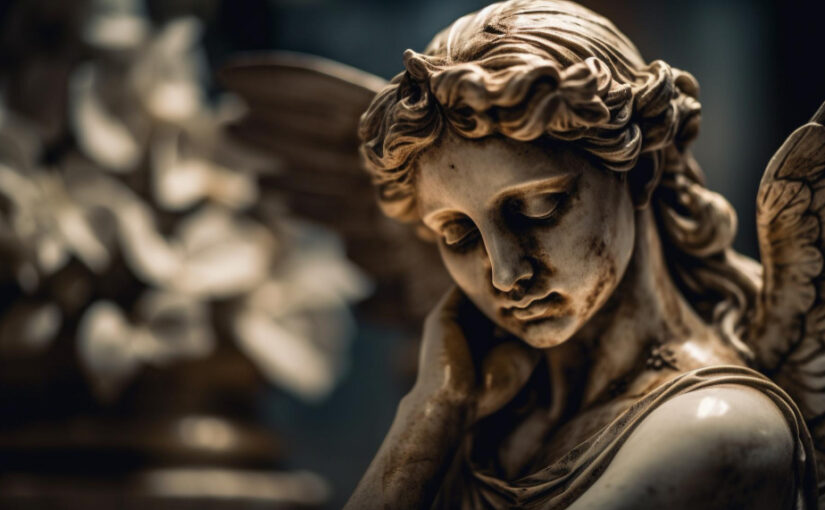The art of the worshippers is one of the most impressive expressions of religious and artistic culture. These works of art are unsurpassed examples of craftsmanship, embodying deep spirituality and aesthetic beauty. In this article, we will look at the variety and most important types of divinities that exist around the world.
Iconography:
Icon painting is one of the most well-known and widespread types of devotional art. It originated in early Christian art and still continues to be an important part of the culture of Orthodox and Catholic churches. Icons are representations of saints, Christ, the Virgin Mary and other religious figures. They are created using a variety of materials such as wood, canvas, metal, and even semi-precious stones. Icon painting is characterized by a distinctive style and techniques, including gilding and the use of bright colors.
Wood carving:
Wood carving is another important type of devotional art. This art form is widespread in many cultures and religions. Artists who work with wood create intricate and detailed sculptures depicting religious scenes, deities and symbols. Wood carving requires great skill and patience as artists carve and shape blocks of wood to create three-dimensional and impressive works of art.
Forging:
Forging is a technique for creating goddels where metal is heated and worked using a variety of tools. This art form is used to create jewelry, lattices, fences, crosses, and other items used in religious structures. Forged items can be intricate and graceful, featuring images of saints, symbols and figures.
Embossing:
Embossing is a technique in which images and symbols are carved or embossed into the surface of metal or other materials. This type of worshipping is common in coinage, where it is used to create coins with religious and symbolic images. However, minting is also used to create jewelry, medals, seals, and other items with religious symbolism.
Fresco:
Fresco is a technique of painting on wet plaster or wall. This type of worship is mostly associated with Christian art and is often used to create depictions of saints, biblical scenes, and other religious motifs. Murals are often found in churches, monasteries and cathedrals, creating an impressive and atmospheric setting.
Conclusion:
Worship houses vary in style, materials and techniques, but they all share the common goal of embodying religious faith and spirituality through art. Worship house art is an important cultural heritage that allows us to immerse ourselves in the history and aesthetics of different religions and cultures. It continues to inspire and amaze us with its beauty and craftsmanship, maintaining an important place in the art world.

